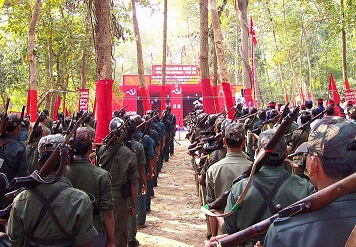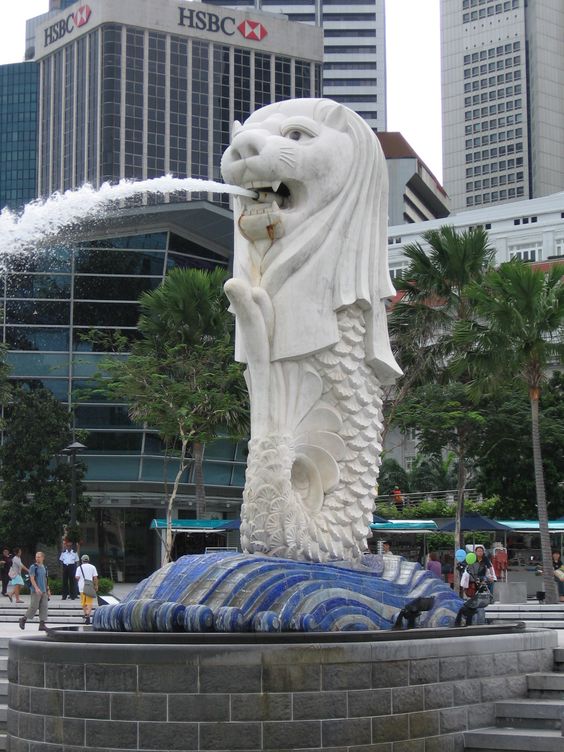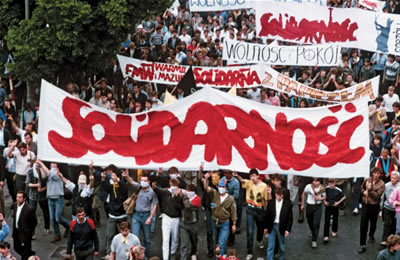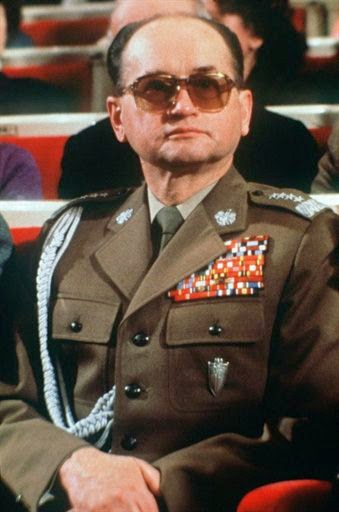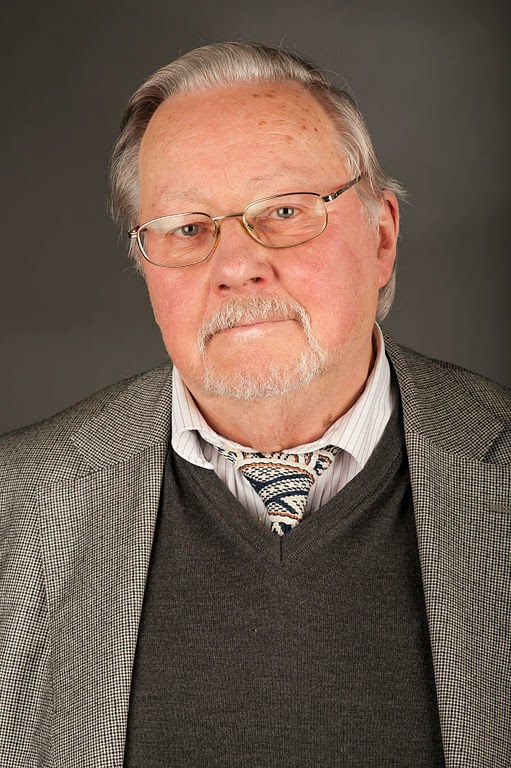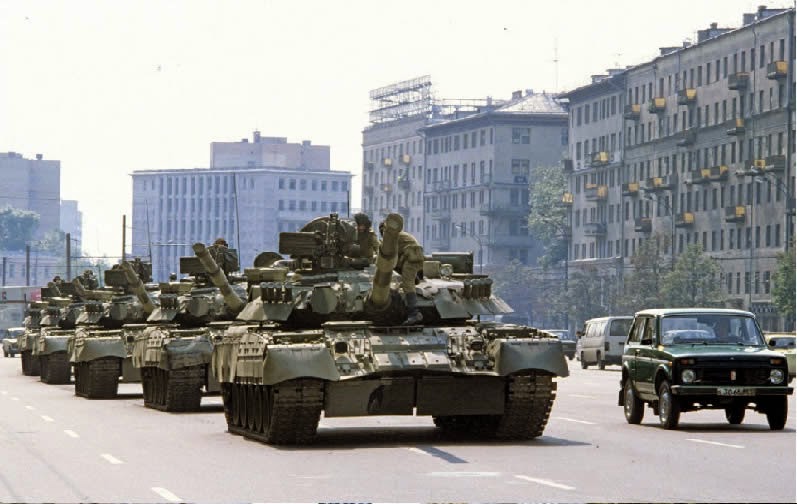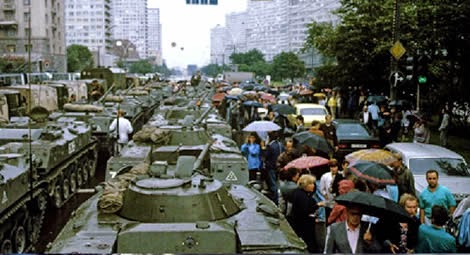 |
| Somalia civil war |
Following the end of
World War II, the British administered Somalia until 1950, when it was divided, with southern Somalia put under Italian trusteeship and the Ogaden returned to
Ethiopia, with the remainder of Somalia, held by the British, prepared for independence.
The decision to allow the Italians to supervise any part of Somalia was controversial given their colonial record in the region, and it sparked riots in 1950. Elections were held in southern Somalia in 1956, and these were won by the
Somali Youth League.
In February the Somali National League won a majority in elections in northern Somalia. The platforms of both groups were to reunify Somalia and achieve independence which was granted on July 1, 1960.
The first president of Somalia was Aden Abdullah Osman Daar, who had served in the Italian colonial administration until 1941. He had been president of the National Assembly until 1960 when he became president of the Constituent Assembly, a position he held until independence.
The first prime minister, Mohammed Ibrahim Egal, was from British Somaliland; he joined the Somali National League Party in 1956 and became its secretary-general two years later.
He held the position for just over two weeks before stepping down on July 12, 1960, to become minister of defense. Replacing him was Abdirashid Ali Shermarke, from the Somali Youth League, who had studied political science at the University of Rome.
Unfortunately, not long after independence, Somalia became embroiled in a dispute with the British who granted the Somali-dominated Northern Frontier District of Kenya to the
Republic of Kenya. Somalia broke off diplomatic relations with Britain in 1963.
The main problem facing Somalia was the integration of the two halves of the country, plagued by ethnic rivalries, and worries that infrastructure development in one part of the country was disadvantaging the other.
Tensions with Kenya and Ethiopia proved intractable. War with the latter broke out over the Ogaden in 1964. Although it did not last long, it served to destabilize the country, which was becoming beset with factional troubles and the proliferation of political parties and corruption.
In 1964 Shermarke was replaced as prime minister by Abdirizak Haji Husain, also from the Somali Youth League, and on July 10, 1967, Shermarke was elected as president of Somalia, a post he held until his assassination on October 15, 1969, by Somali police officers.
The assassination led to a military coup six days later, which brought Major-General Mohammed Siad Barre to power. He then became president of the Supreme Revolutionary Council and head of state, also serving as prime minister until January 30, 1987.
Siad Barre was involved in introducing a program he called "scientific socialism", by which he sought to integrate Somalia. One of these policies was the creation and dissemination of a written Somali language.
In 1975 a drought struck Somalia, and this led to a famine which saw thousands of people in Somalia, and also in neighboring Ethiopia, dying. Two years later Somalia attacked Ethiopia, with Siad Barre keen to create his Greater Somalia which was to include the Ogaden (from Ethiopia), Djibouti, and also northern Kenya.
In 1977 Somalia was in news headlines all over the world when a German Lufthansa Flight 181 from Majorca, Spain, was hijacked to the Somali capital, Mogadishu. There the GSG-9, a crack German antiterrorist commando force formed after the 1972 Munich Olympics massacre, stormed the plane and released the hostages unharmed.
Forced to Flee
Surviving an attempted military coup in April 1978, Siad Barre came to lead an increasingly autocratic regime that started to face trouble from internal Somali resistance groups. In particular, the Somalia Salvation Democratic Front used bases in Ethiopia to attack Somali soldiers, eventually overrunning parts of northern Somalia.
In August 1990 the Somali Salvation Democratic Front allied with two other groups, the Somali Patriotic Front and the Somali National Movement (SNM), to form a loose coalition. Siad Barre himself had been seriously injured in a car accident in May 1986, but remained in control of Mogadishu. He was forced to flee the country on January 26, 1991, going first to Kenya and eventually settling in Nigeria in 1992.
With the victorious rebels seizing control of Mogadishu, Ali Mahdi Muhammad became the president of the country, with the task of bringing together the various factions. Northern Somali separatists appointed the leader of the SNM, Abdurahman Ahmed Ali, as president of the breakaway Somaliland Republic.
Fighting continued, and Ali Mahdi hastily left the Somali capital in November 1991 after the supporters of General Mohammad Farrah Aydid attacked Mogadishu, capturing the city after bloody street fighting. Aydid then proclaimed himself head of the new government, managing to fight off an attack in April 1992 by supporters of Siad Barre.
Aid agencies estimated that as many as 2,000 people were dying each day from hunger in and around Mogadishu alone. With Aydid holding food supplies only for his supporters,
the United Nations felt the duty to act, and on August 12, 1992, they had permission from Aydid to deploy troops to protect the aid workers.
The result was 500 armed United Nations soldiers being deployed and a massive relief operation taking place. This part of the aid operation went well, although there were some problems in the towns of Baidoa and Bardera in the west of the country.
By mid-1993 the aid mission had been changed with the U.S. marines being deployed to achieve political objectives. This seemed to include the overthrow of the Aydid government, which led to a U.S. helicopter attack on an alleged Aydid munitions base on July 12, 1993, killing a large number of Somali clan leaders who had gathered for a conference.
The political climate moved against the Americans as the clan alliances reformed. On October 3, 1993, some 140 U.S. marines abseiled from
Black Hawk helicopters into Mogadishu, with their mission being to abduct two senior lieutenants of Aydid.
The operation was planned to last no longer than an hour, but some U.S. Marines were pinned down by thousands of armed Somalis; by the time they were evacuated the following morning, there were 18 U.S. Marines killed and more than 70 badly injured.
Factional Shifts
With the United States clearly against General Aydid, he moved to form alliances with some of his erstwhile enemies, the Americans unable to keep up with the factional shifts. In November 1994 Aydid called a General Conference on Somali Reconciliation, but Ali Mahdi boycotted it, as did the Somali Salvation Alliance.
In June 1995 Aydid himself was ousted by Osman Ali Ato. Following the death of Aydid in 1996, his son, Hussein Aydid, a former U.S. Marine who had been involved in the Somali operation, became the leader of the United Somali Congress and took his father’s title as interim president of Somalia.
Hussein Aydid refused to take part in the National Salvation Council when it was formed by leaders of 26 of Somalia’s factions in January 1997. They agreed on a peace formula that saw the introduction of a federal system for the country, allowing the warlords to retain their local power bases.
This meant that by 1998 the country was effectively divided into three parts: Somalia, consisting of the southern provinces around Mogadishu; the former British areas in the north becoming Somaliland; and Puntland in the northeast. Frequent peace conferences were to be held to try to work out common policies on certain issues.
Although the infighting had died down, the problems over the famine continued with 650,000 people facing food shortages in April 2000. This led to food riots and instability in Mogadishu, forcing the warring factions to declare Baidoa the "provisional capital". By this time, large numbers of educated Somalis had fled.
An interim Somali National Assembly was formed in October 2001 with Salad Hassan Abdikassim (Abdiqasim Salad Hassan) as the interim president. Problems with Ethiopia continued, and the interim prime minister, Ali Khalif Galaydh, accused Ethiopia of trying to destabilize the country, supporting some of the clans that wanted separatism. Abdikassim appointed himself interim president of the Transitional National Government, and in November 2001 Abshir Farah Hassan was elected as the interim prime minister.
The September 11, 2001, attacks on the United States and the subsequent War on Terror saw the U.S. military take a keen interest in Somalia and the level of Islamic fundamentalist influence in the country. Since then the Somali "government" has gradually come to support, however reluctantly, the United States in its War on Terror. The United States has consequently rewarded pro-U.S. groups in the country.
On October 14, 2004, Abdullah Yusuf Ahmed became president, taking over from Salad Hassan Abdikassim, and in November 2004, Ali Mohammed Ghadi became prime minister of the transitional federal government. However, after a failed assassination attempt, Prime Minister Ghadi fled Mogadishu, returning in 2006 when Ethiopian troops, aided by the United States, backed him and on December 21, 2006, started a new war in Somalia.



